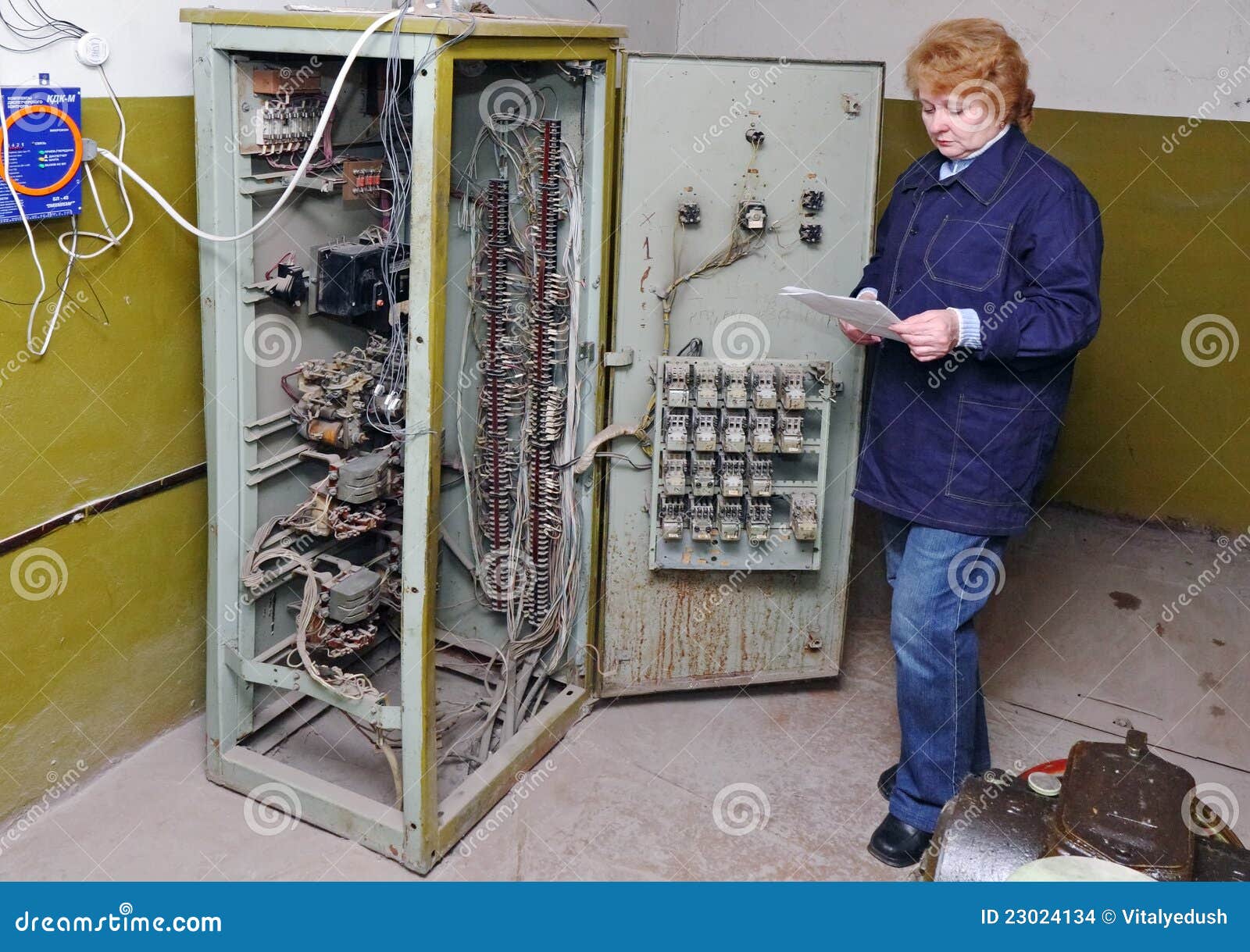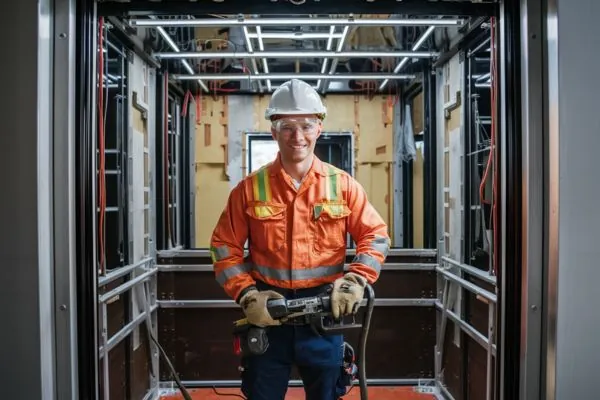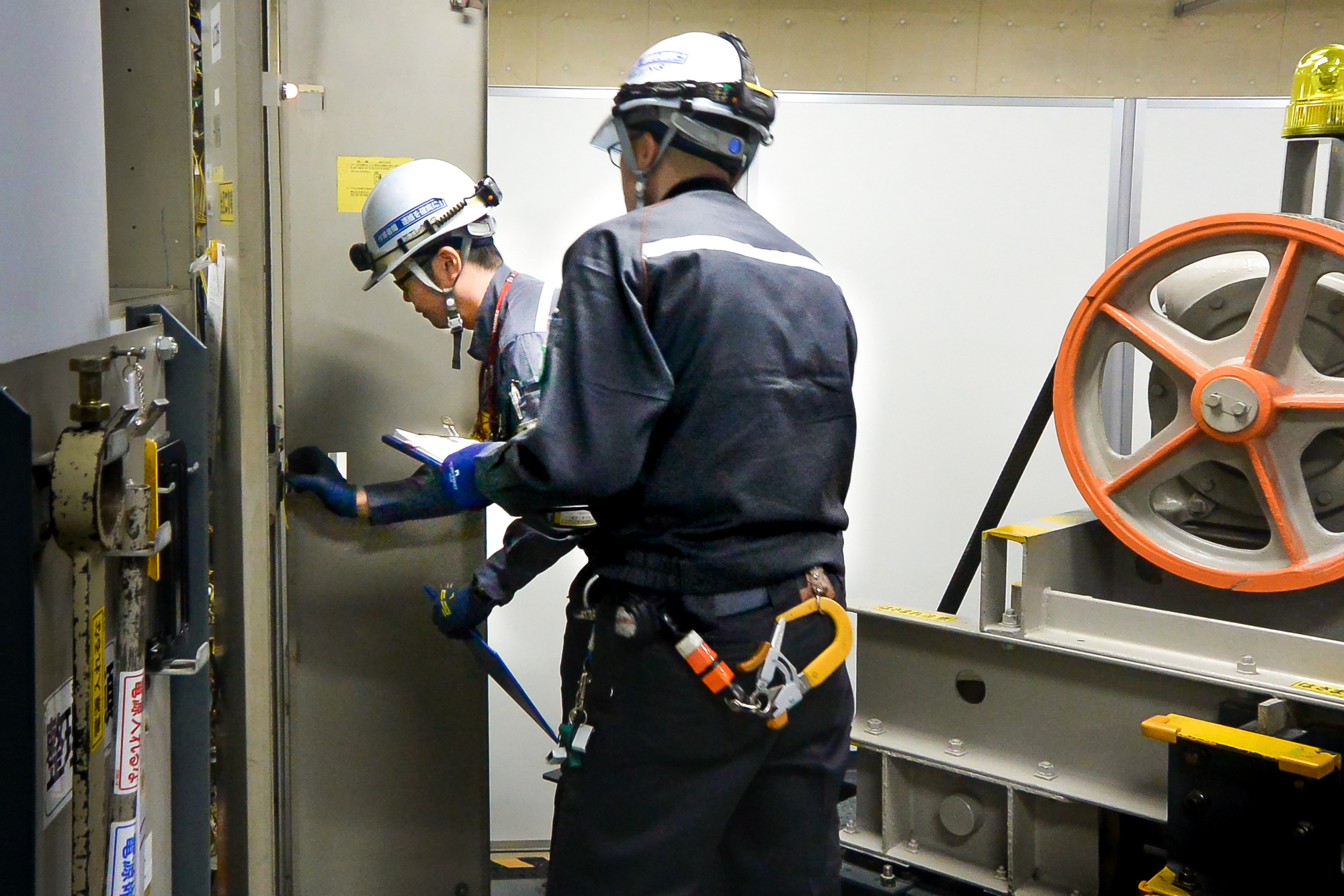Exploring the Comprehensive Procedures Required for Lift Maintenance
In the realm of structure upkeep, guaranteeing the proper performance and safety of lifts is extremely important. The intricacy of elevator systems calls for a thorough approach to maintenance. From regular inspections to strategic modernization strategies, a holistic sight of upkeep is essential. In the ever-evolving landscape of lift innovation and safety and security requirements, there are thorough procedures that have to be thoroughly followed to assure ideal efficiency and compliance. By addressing vital aspects such as positive maintenance routines, security checks, and emergency situation readiness, a detailed understanding of the intricacies associated with lift maintenance can lead to enhanced efficiency and safety and security.
Normal Examinations
When it involves making certain the longevity and safety and security of your lift system, routine inspections are critical. These routine checks play a crucial duty in determining any type of prospective issues before they escalate into major troubles, guaranteeing the smooth and risk-free procedure of the lift. By conducting regular assessments, upkeep teams can proactively attend to damage, malfunctioning elements, or any various other issues that might compromise the lift's performance or security.
During these inspections, educated specialists completely examine various aspects of the lift system, including mechanical parts, electrical systems, security attributes, and general architectural integrity. By identifying and attending to problems early on, these inspections aid avoid expensive repair work, downtime, or safety threats, inevitably prolonging the life expectancy of the lift system and making sure the health of its customers.
Proactive Maintenance Schedules
Applying positive upkeep schedules is crucial for optimizing the effectiveness and longevity of lift systems. By sticking to a positive upkeep strategy, lift owners can address potential concerns prior to they escalate into significant issues, ultimately lowering downtime and costly fixings. Aggressive upkeep involves normal examinations, lubrication of relocating components, testing security functions, and replacing used elements. These scheduled upkeep tasks not only aid in preventing malfunctions but likewise add to maintaining the lift's performance at optimal degrees.
A well-structured proactive upkeep timetable must describe certain jobs, regularities, and responsible workers. When developing these timetables to ensure the lift runs securely and efficiently, it is important to adhere to producer suggestions and sector criteria. Furthermore, recording upkeep activities and maintaining comprehensive records can supply beneficial understandings into the lift's performance gradually, assisting in identifying patterns and making informed upkeep decisions.

Security Conformity Checks
Ensuring security conformity with thorough checks is vital in keeping lift systems' reliability and securing user health. Safety compliance checks entail an extensive evaluation of numerous parts, including electrical systems, mechanical components, emergency brakes, doors, and other essential safety functions. These checks are vital to determine any kind of potential risks or breakdowns that might compromise the lift's procedure and put individuals at danger.
Regular safety and security compliance checks need to be carried out by certified service technicians in adherence to industry guidelines and criteria. These checks help in discovering concerns early on, enabling for timely repair services and preventative upkeep actions to be implemented. Maintaining comprehensive records of safety and security conformity checks is critical for tracking the lift system's performance over time and demonstrating compliance with safety and security policies.
Tools Upgrades and Innovation
Enhancing lift systems through equipment upgrades and modernization is vital for boosting efficiency and safety requirements in upright transport. As modern technology advances, older lift systems might become out-of-date, bring about reduced reliability and possible safety hazards. By buying equipment upgrades and innovation, building proprietors can make certain that their lifts fulfill existing sector criteria and guidelines.

In addition to functional benefits, devices upgrades and modernization jobs can official website likewise enhance the aesthetics of the lift, giving a much more attractive and modern experience for guests. Eventually, buying lift upgrades and modernization why not check here is a proactive method in the direction of making certain the long life, security, and performance of vertical transportation systems.
Emergency Preparedness Planning
An efficient emergency situation readiness plan is essential for making sure the safety and speedy action in case of unanticipated cases involving lift systems. Emergency situation readiness preparation for lift systems entails a systematic technique to minimize dangers, make certain guest safety, and lessen downtime during emergencies.
Key parts of an emergency preparedness plan for lifts include clear interaction protocols, normal training for lift operators on emergency situation procedures, and regular drills to evaluate the performance of the plan. lift and engineering services. In addition, the strategy ought to detail particular functions and duties for all stakeholders involved, consisting of building administration, upkeep personnel, and emergency -responders
In the event of a lift malfunction or entrapment, having a well-defined emergency situation strategy can aid in collaborating a reliable and timely action to make sure the safety and security and health of guests. Timely interaction, accessibility to emergency tools such as interaction devices and emergency situation lights, and understanding of evacuation treatments are important aspects of a detailed emergency readiness prepare for lift systems. By focusing on emergency preparedness preparation, structure supervisors can improve the top article total security and dependability of their lift systems.
Final Thought
In final thought, the extensive actions required for lift maintenance include regular inspections, proactive upkeep timetables, security conformity checks, equipment upgrades and modernization, and emergency situation readiness preparation. These actions are important for making sure the safety and security, reliability, and effectiveness of lifts in different settings. By implementing these procedures, lift proprietors can minimize the danger of mishaps, prolong the life-span of their equipment, and adhere to sector laws.

During these examinations, educated professionals completely check out different aspects of the lift system, including mechanical elements, electric systems, safety and security features, and overall structural honesty.Ensuring security conformity via thorough checks is critical in preserving lift systems' dependability and protecting individual wellness. Maintaining thorough documents of safety and security conformity checks is vital for tracking the lift system's performance over time and demonstrating compliance with safety regulations.
By prioritizing emergency readiness preparation, building managers can enhance the overall security and dependability of their lift systems.